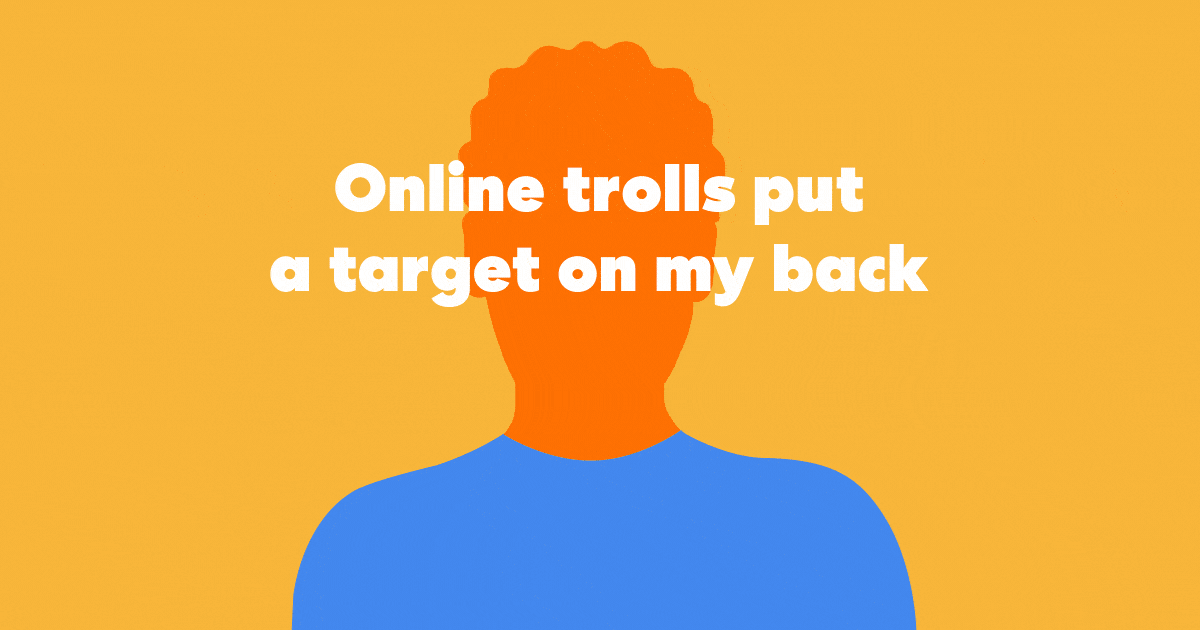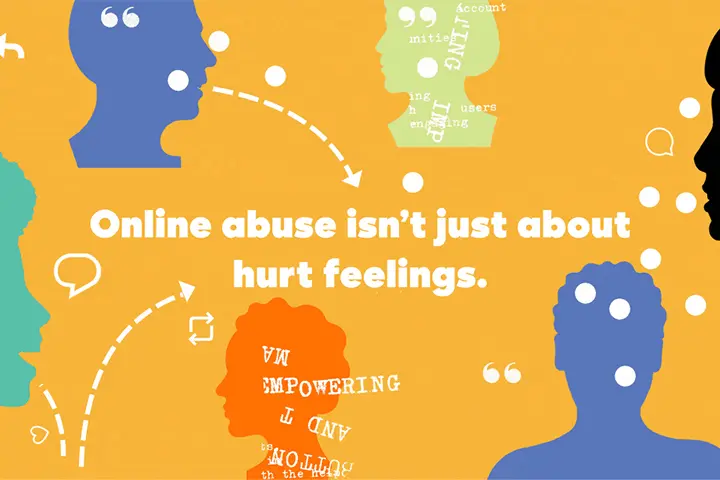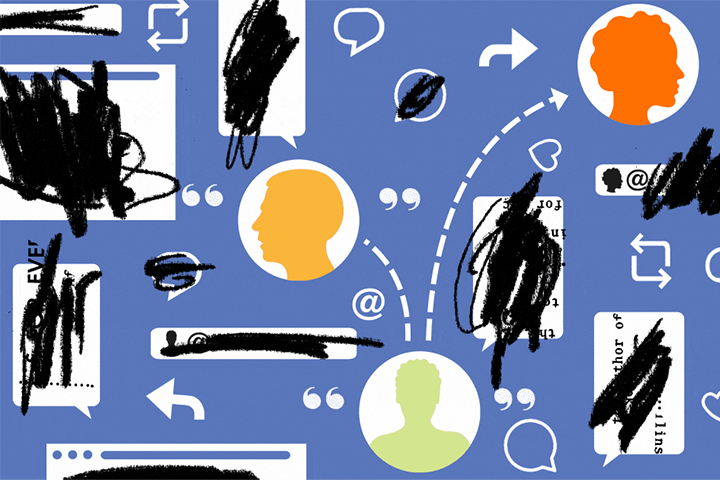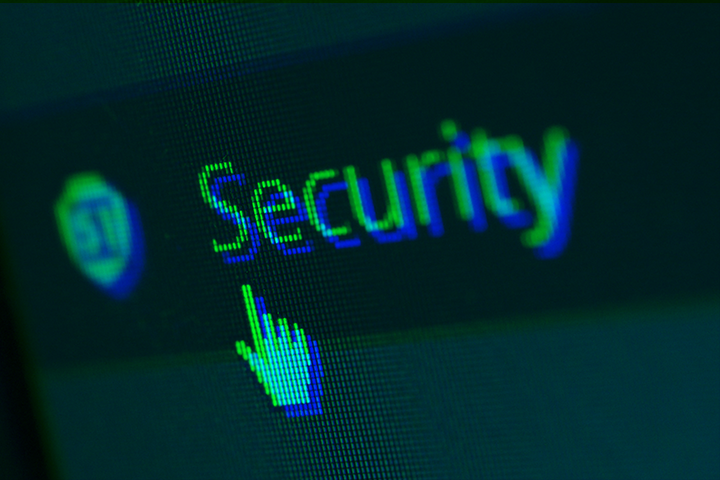
As part of our effort to #FightOnlineAbuseNow, we’re publishing a series of pieces about the harm online abuse poses to free speech—but also what Facebook, Twitter, and other social media companies can do to blunt its worst effects.
The online abuse that writers, journalists, and other social media users face—whether a coordinated onslaught of hateful insults or a single violent threat—can be traumatic. In the middle of such severe attacks, it can be difficult, if not impossible, for the targeted user to figure out how to mitigate the abuse and get help.
“When you’re experiencing stress, your body goes into an alarm state,” said Elana Newman, professor of psychology at the University of Tulsa and research director at the Dart Center for Journalism and Trauma. “All your key systems slow down so that your emergency system can work, and either freeze, run away, or prepare to fight back. In an emergency mode you’re not thinking rationally.”
To navigate these terrifying situations, users need to be able to quickly access personalized support in real time. This is where an SOS button and emergency hotline come in.
An SOS button, when activated, would trigger heightened in-platform protections and direct the user to external resources. These protections could include: turning on anti-abuse filters; activating rapid response teams; tightening privacy and security settings; and enabling the blocking, reporting, and documentation of abusive content in bulk (rather than piecemeal). Through an emergency hotline, users could call or chat with a human being trained to provide personalized, trauma-informed support in real time.
Both the SOS button and the emergency hotline should be integrated directly into social media platforms so they can be easily accessible. If users can’t quickly find these features in urgent situations, there is little point in having them.
“Many of the writers and journalists I’ve worked with who have faced severe online abuse describe feeling overwhelmed and uncertain about what to do when they’re under attack,” said Viktorya Vilk, PEN America’s program director for digital safety and free expression. “They sometimes turn to friends, family, and nonprofit organizations like ours for support, but they should also be able to get help—when they need it most—from the very platforms on which they’re being abused.”
When writers, journalists, and others feel unsafe on social media, they are often silenced or driven offline altogether. Moreover, we know that women, as well as Black, Indigenous, Latino, LGBTQ+, and religious and ethnic minority communities experience especially egregious online abuse. If social media companies are serious about their oft-stated commitments to equity, inclusion, and free speech, they have to do a better job ensuring that vulnerable users feel safe to participate freely. Adding an SOS button and emergency hotline would be a major step to making that possible.








